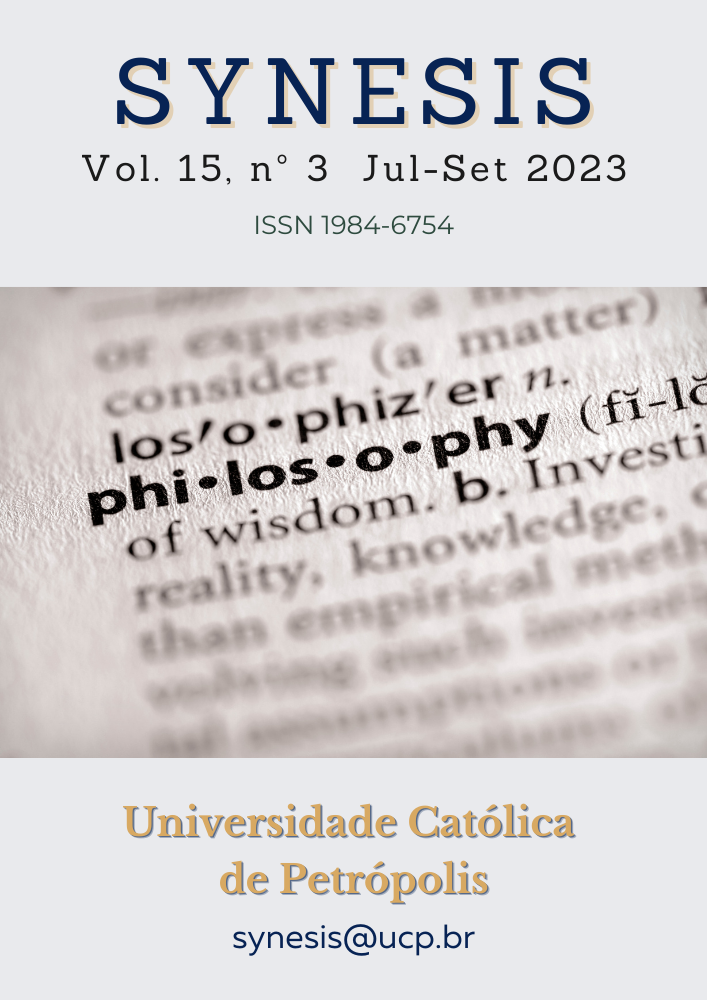Resumo
A linguagem simbólica na filosofia budista desempenha um papel muito importante na transmissão e interpretação dos conceitos budistas. Este é um sistema simples de símbolos e símbolos, com foco em símbolos como imagens de Buda, objetos e representações do budismo. Por meio da linguagem simbólica, os usuários podem transmitir significados sutis e complexos de forma mais intuitiva e compreensível. A linguagem simbólica budista é usada em cerimônias e rituais religiosos para transmitir aos crentes. Uma das grandes vantagens da linguagem simbólica é que ela pode comunicar e transmitir significado de forma abrangente sem o uso de muitas palavras. Através do uso de símbolos, pode-se ver a complexa interação entre os elementos espirituais e materiais, ajudando assim a compreender melhor a filosofia budista. Neste artigo, vamos nos concentrar em esclarecer o ponto de vista dos ícones; A linguagem simbólica do budismo contém a visão do universo, a visão da vida e a educação.
Referências
Blau, T., & Blau, M. (2003). Buddhist symbols. Sterling Publishing Company, Inc..
Cirlot, J. C. (2006). Dictionary of symbols. Routledge.
Culler, J. D. (1986). Ferdinand de Saussure. Cornell University Press.
Faure, B. (1998). The Buddhist icon and the modern gaze. Critical Inquiry, 24(3), 768-813.
Firth, R. (1955). Some principles of social organization. The Journal of the Royal Anthropological Institute of Great Britain and Ireland, 85(1/2), 1-18.
Fisher, R. E. (1993). Buddhist art and architecture.
Fromm, E. (2013). Psychoanalysis and religion. Open Road Media.
Gómez, L. O., & Kitagawa. (2002). Buddhism in India. The Religious Traditions of Asia: Religion, History and Culture, 41-96.
Heinlein, R. A. (2015). Blowups Happen. Wolfeyes Books.
Lachman, C., & Burch Brown, F. (2014). Buddhism—Image as Icon, Image as Art. In The Oxford Handbook of Religion and the Arts (p. 367). Oxford University Press.
Leach, E. (1989). Anthropological aspects of language: Animal categories and verbal abuse. Anthrozoös, 2(3), 151-165.
Lopez Jr, D. S. (2009). Buddhism and science: A guide for the perplexed. University of Chicago Press.
Marais, P., & Jordaan, F. (2000). Are we taking symbolic language for granted?. Journal of Chemical Education, 77(10), 1355.
McMahan, D. L. (2004). Modernity and the early discourse of scientific Buddhism. Journal of the American Academy of Religion, 72(4), 897-933. https://doi.org/10.1093/jaarel/lfh083
McMahan, D. L. (2008). The making of Buddhist modernism. Oxford University Press.
Qin, Z., & Song, Y. (2020). The sacred power of beauty: Examining the perceptual effect of buddhist symbols on happiness and life satisfaction in China. International Journal of Environmental Research and Public Health, 17(7), 2551.
Qin, Z., & Song, Y. (2022). Symbol matters: A sequential mediation model in examining the impact of product design with Buddhist symbols on charitable donation intentions. Religions, 13(2), 151.
Rahayu, M. (2020). Mythology of Career Woman in Hijab Film (Study of Roland Barthes Semiotic Analysis). American Journal of Humanities and Social Sciences Research (AJHSSR), 4(7), 80-86.
Sadakata, A. (1997). Buddhist cosmology: Philosophy and origins.
Saussure, F. M. (2011). Course in general linguistics. Columbia University Press.
Seager, R. H. (2006). Encountering the dharma: Daisaku Ikeda, Soka Gakkai, and the globalization of Buddhist humanism. Univ of California Press.
Sharf, R. H. (1996). The Scripture on the Production of Buddha Images. Religions of China in practice, 261-267.
Sharf, R. H., & Sharf, E. H. (2001). Living images: Japanese Buddhist icons in context. Stanford University Press.
Turner, V. (1974). Liminal to liminoid, in play, flow, and ritual: An essay in comparative symbology. Rice Institute Pamphlet-Rice University Studies, 60(3).

Este trabalho está licenciado sob uma licença Creative Commons Attribution-NonCommercial-NoDerivatives 4.0 International License.
Copyright (c) 2023 Synesis (ISSN 1984-6754)
